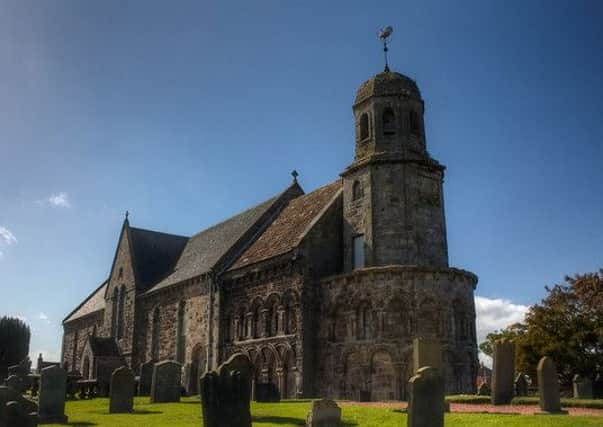Funding to regenerate Leuchars church edges closer


That means the plans meet HLF criteria for funding and the funding body endorses the proposals.
Now the team leading the regeneration programme has up to two years to fully develop plans for the church to compete for a full award of funding from HLF.
Advertisement
Hide AdAdvertisement
Hide AdThe project aims to restore and conserve the fabric of the building so that future generations can continue to use and enjoy it.
The project will see essential conservation work carried out, including extensive repairs to the roof, walls and drainage of the apse and chancel.
There are also plans to provide accessible information about the history and architecture of the church and build on the church’s place as an important staging post on the planned Pilgrim Way.
Rev John Duncan, minister at Leuchars St Athernase, Church of Scotland said: “Leuchars: St Athernase is very grateful to HLF for the support they have given to the congregation and the encouragement to preserve our historical church. The church is a jewel in the history of Scotland.
Advertisement
Hide AdAdvertisement
Hide Ad“We acknowledge our sincere thanks to HLF in keeping our 12th century church as part of the fabric of Leuchars for current and future generations to realise the importance of such a church.”
Lucy Casot, Head of HLF Scotland, said: “Scotland’s historic and diverse places of worship are so often at the heart of our communities. Leuchars St Athernase Church of Scotland - renovation project is an excellent example of how HLF can help conserve a much loved building so it can continue to serve its local community.”
St Athernase has been described as the best preserved Romanesque church in Scotland, and has been used for worship continuously since it was first built.
A church is believed to have been on the site of St Athernase since around the year 900, and the present building is reckoned to date from the mid-12th century. Later significant additions to the building include the distinctive octagonal bell tower, added in 1745, and the nave, which was rebuilt in the 1800s. A century ago the floor of the nave was lowered, revealing the foot of the chancel arch. Pews, communion table, pulpit and Dutch reproduction chandeliers, given by the then owner of Earlshall, were also installed.
Little is known about St Athernase, although he is believed to have lived in the sixth century, spending much time in Fife.